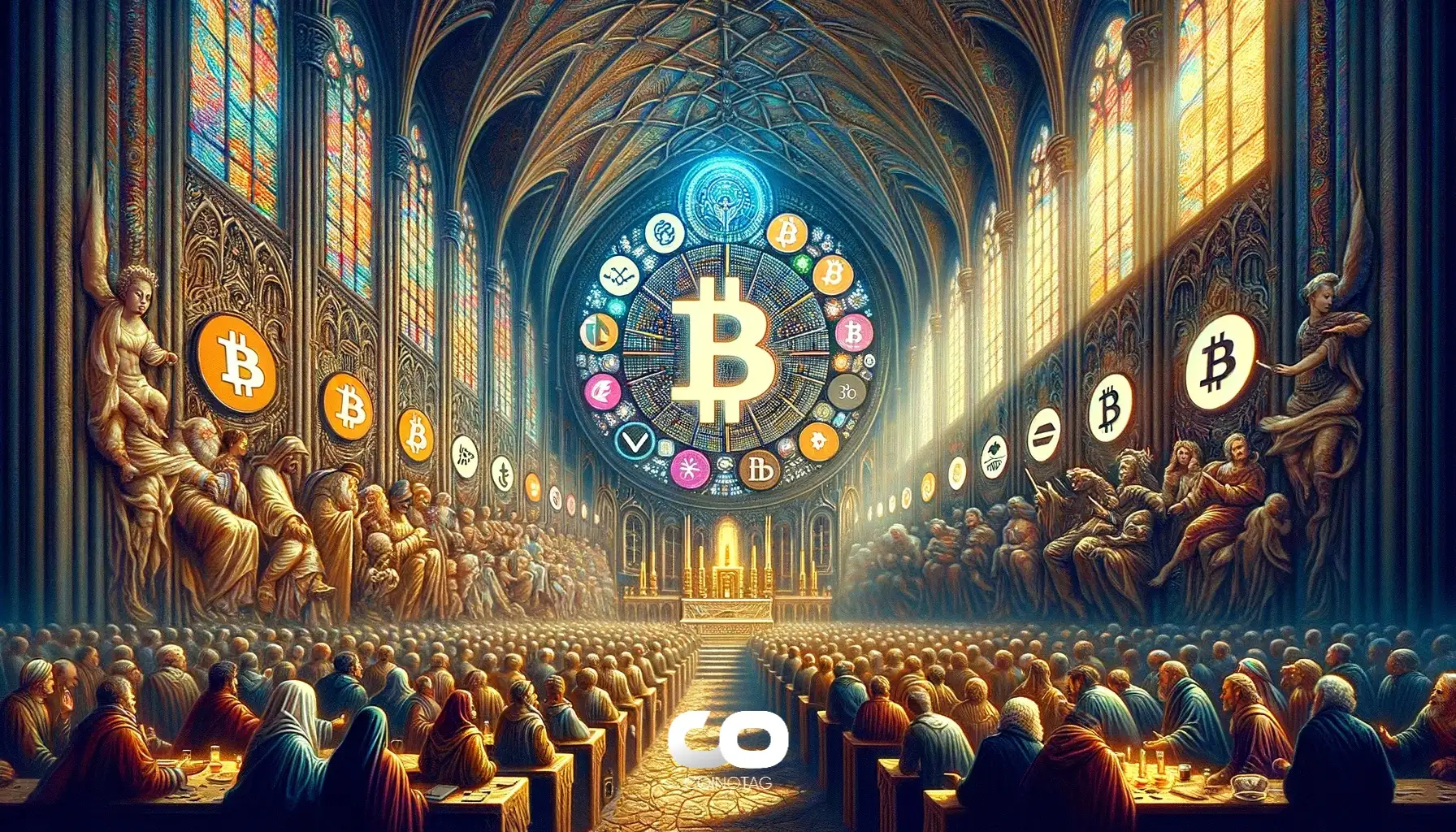In a recent text-based AMA on the Tako platform, Ethereum co-founder Vitalik Buterin addressed a pivotal question regarding the future of Ethereum. He emphasized that viewing Ethereum as both a Bitcoin-like entity and a “world computer” is not mutually exclusive. Buterin proposed a straightforward metric for evaluating blockchain decentralization: the sustainability of the network in the absence of its foundation. He underscored that both Bitcoin and Ethereum clearly fulfill this criterion. Most of Ethereum’s ecosystem is driven by external development, with client teams operating under independent business models, signifying a shift from its centralized origins five years ago.
Buterin cautioned against prioritizing transactions per second (TPS) at the expense of decentralization, noting that many new chains may outpace Ethereum in TPS. Instead, he highlighted the rarity and importance of antifragility and decentralization as essential for establishing a cryptocurrency with enduring value. While recognizing the scalability challenges of Ethereum as a “world computer,” he clarified that Layer 2 solutions could alleviate performance issues while still requiring a robust Layer 1 to support broader application interactions.
Importantly, Buterin articulated that Ethereum’s capacity to facilitate interactions among diverse applications is its strength. He posited that while not every transaction needs to occur on Layer 1, sufficient throughput is necessary for those who choose to engage with it directly. Thus, the dual goal of enhancing Ethereum’s functionality as both a leading cryptocurrency and a world computer can coexist, providing a pathway to long-term value creation for its stakeholders.


